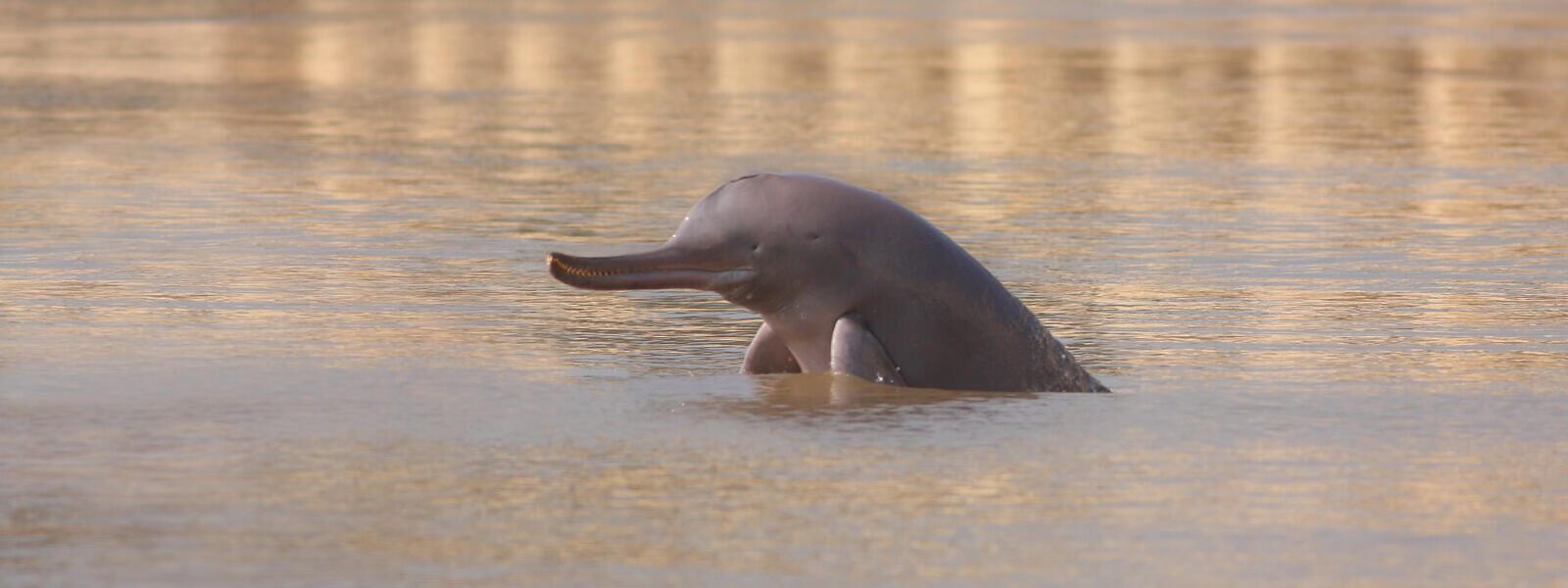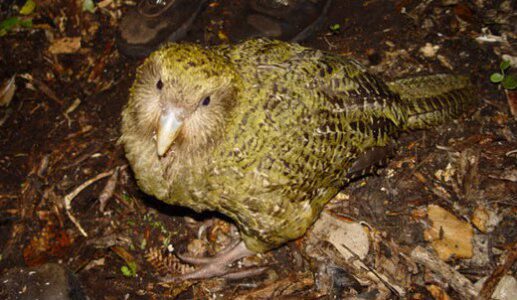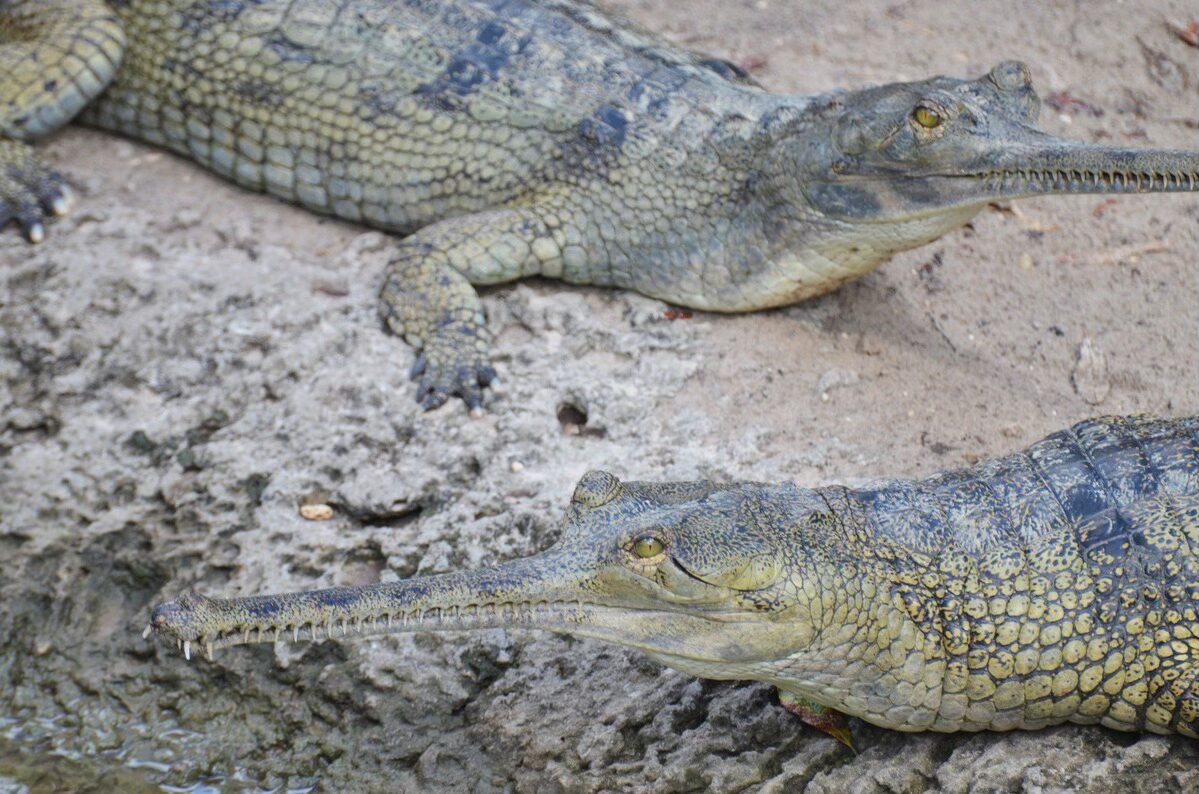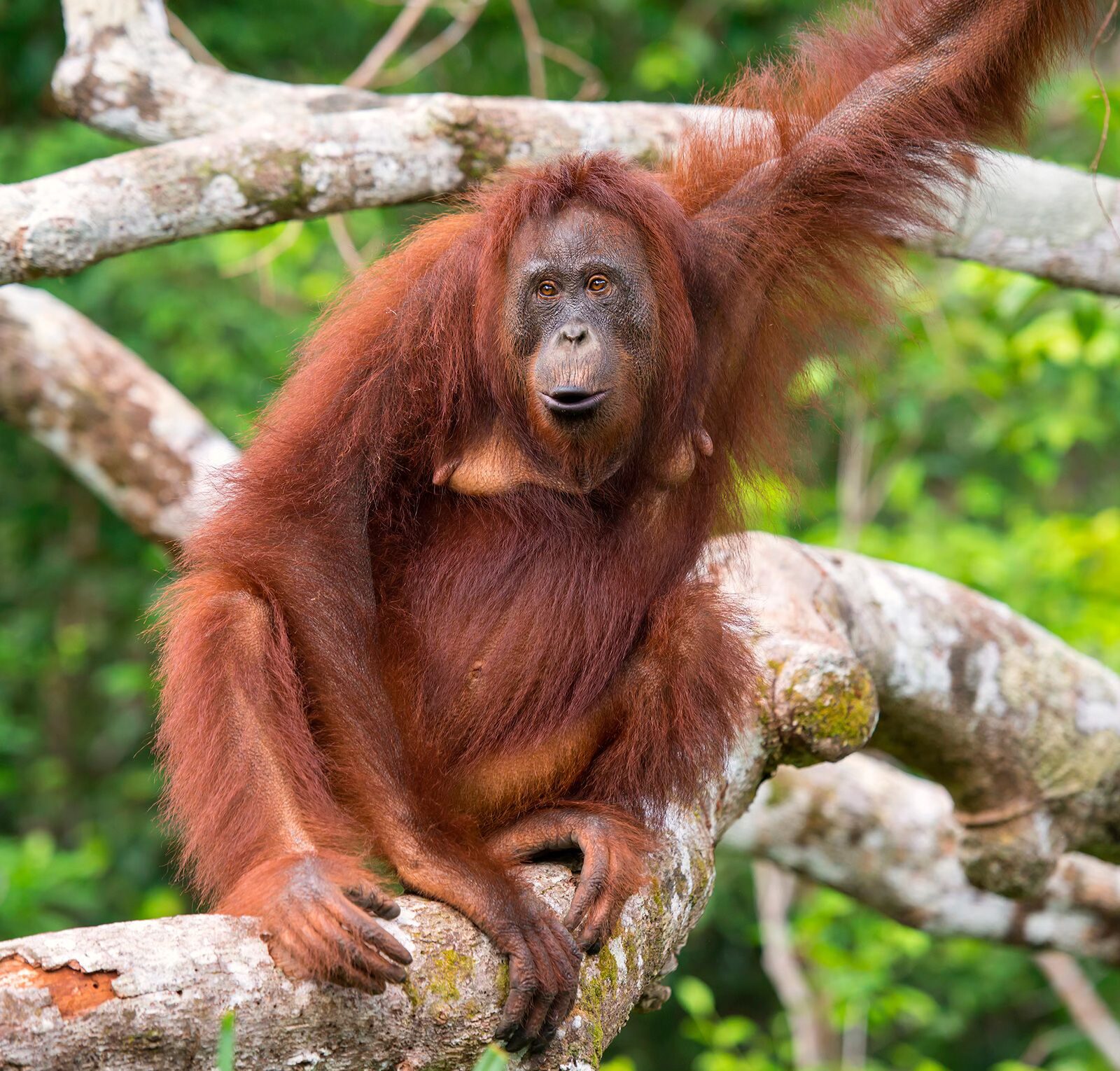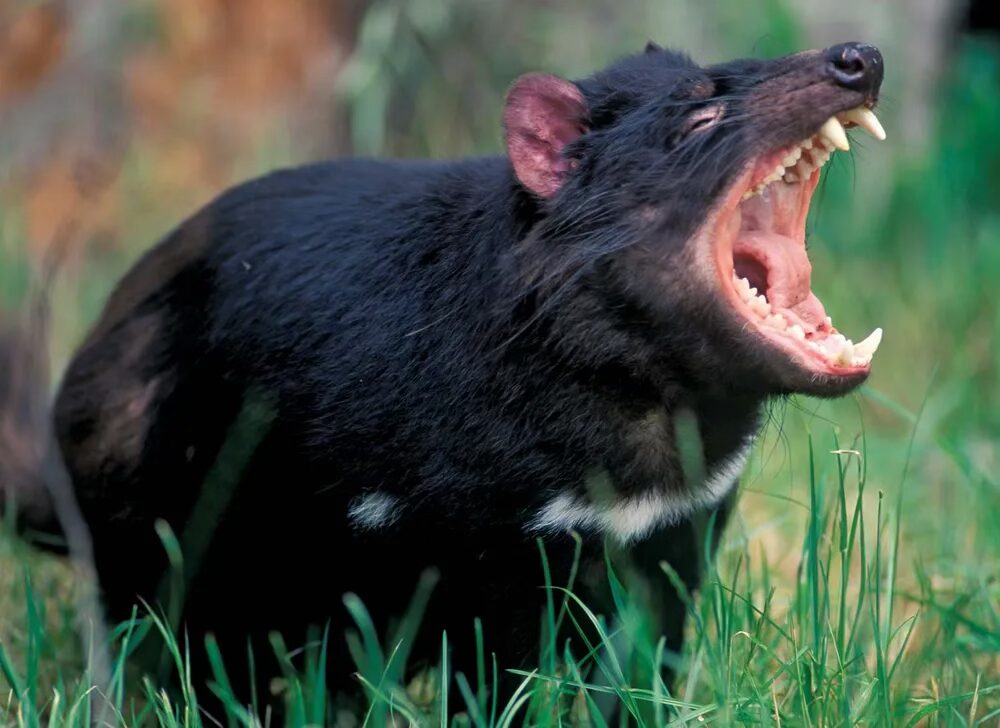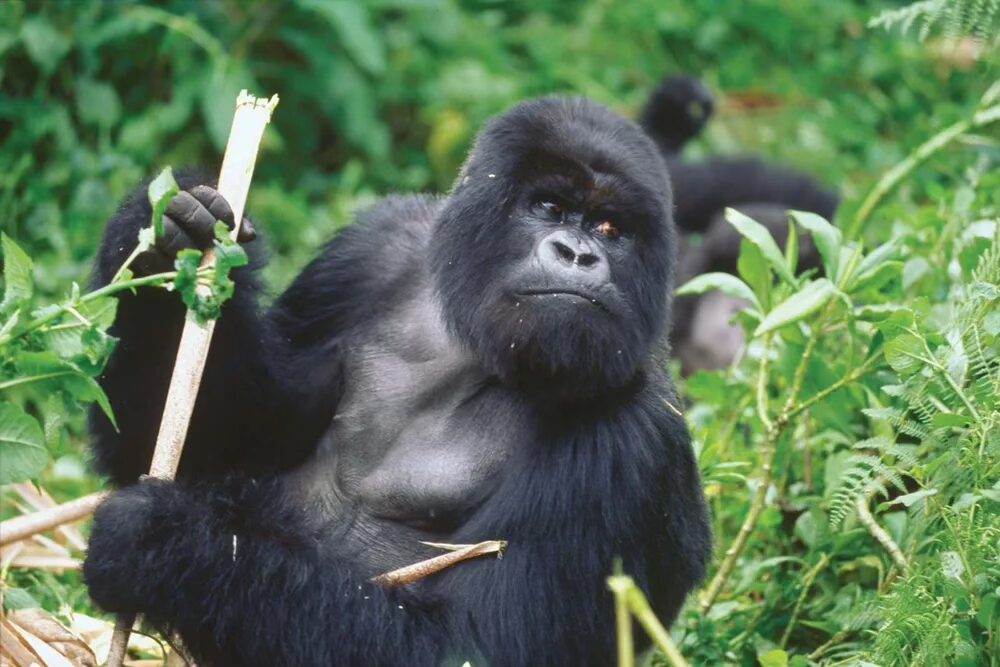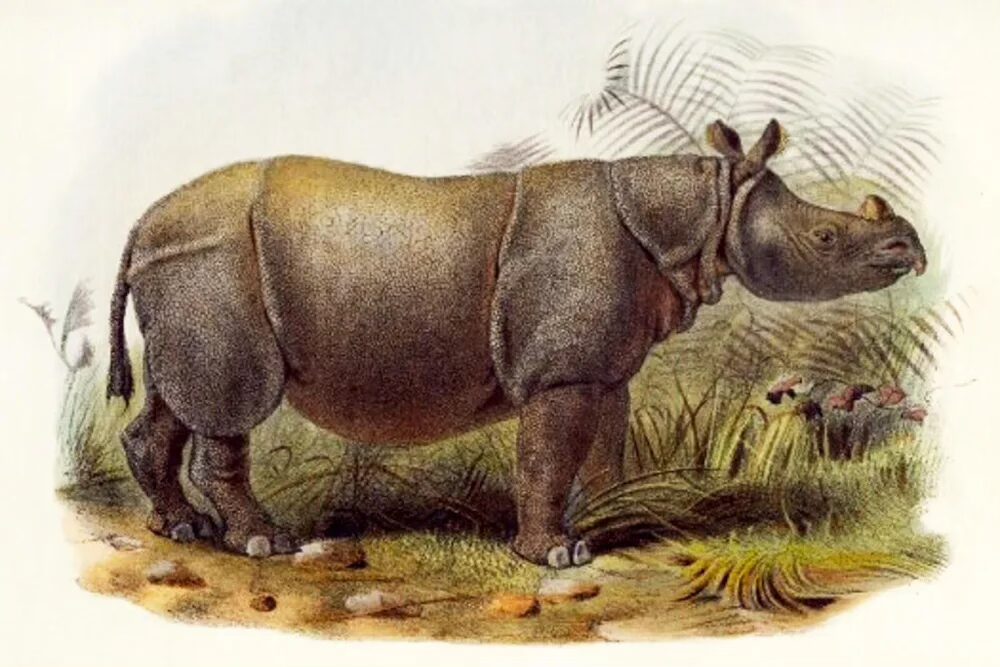The eastern lowland gorilla—also known as Grauer’s gorilla—is the largest of the four gorilla subspecies. It is distinguished from other gorillas by its stocky body, large hands and short muzzle. Despite its size, eastern lowland gorillas subsist mainly on fruit and other herbaceous materials, just like other gorilla subspecies.
Years of civil unrest in the Democratic Republic of Congo (DRC) have taken their toll on both the eastern lowland gorilla and the mountain gorilla. The eastern lowland gorilla makes its home in lowland tropical rainforests in the eastern DRC. In the last 50 years, its range has decreased from 8,100 square miles—about the size of the state of Massachusetts— to about 4,600 square miles today. This subspecies may now occupy only 13% of its historical range. There were nearly 17,000 eastern lowland gorillas in the mid-1990s but scientists estimate that the population has declined by more than 50% since then. An accurate accounting of the animals has been impossible for many years because of violence in the region.
Throughout the unrest, the gorillas have been vulnerable to poaching, even in Kahuzi-Biega National Park, home to the largest population of protected eastern lowland gorillas. Rebels and poachers invaded the park and people set up illegal mines. But, with help from WWF and other organizations, park staff are reestablishing control over the land.


